Growing Adoption of IoT Devices
The proliferation of Internet of Things (IoT) devices is significantly influencing the Boundary Scan Hardware Market. As more devices become interconnected, the need for robust testing solutions becomes paramount. Boundary scan technology facilitates the testing of these devices, ensuring that they function correctly within a network. The market is witnessing an increase in demand for boundary scan hardware as manufacturers aim to maintain high-quality standards in their IoT products. With the number of IoT devices expected to reach over 30 billion by 2025, the implications for the boundary scan hardware market are substantial. This surge in IoT adoption necessitates advanced testing methodologies, positioning boundary scan technology as a critical component in the development and deployment of reliable IoT solutions.
Increased Focus on Cost Efficiency
The increased focus on cost efficiency within manufacturing processes is driving the Boundary Scan Hardware Market. Companies are continually seeking ways to reduce production costs while maintaining high-quality standards. Boundary scan technology offers a cost-effective solution for testing and debugging electronic devices, as it reduces the need for extensive physical testing setups. By integrating boundary scan solutions, manufacturers can streamline their testing processes, leading to significant savings in both time and resources. The market is likely to see continued growth as organizations recognize the financial benefits of adopting boundary scan technology. This focus on cost efficiency is expected to be a key factor in the expansion of the boundary scan hardware market, as companies strive to optimize their operations.
Rising Complexity of Electronic Systems
The increasing complexity of electronic systems is a primary driver for the Boundary Scan Hardware Market. As devices become more intricate, traditional testing methods often fall short in ensuring reliability and performance. Boundary scan technology offers a solution by enabling efficient testing and debugging of complex integrated circuits. This technology allows for the identification of faults without the need for physical access to the pins of the device, which is particularly beneficial in densely packed circuit boards. The market for boundary scan hardware is projected to grow as manufacturers seek to enhance their testing capabilities, with estimates suggesting a compound annual growth rate of around 8% over the next few years. This trend indicates a strong demand for boundary scan solutions that can keep pace with evolving electronic designs.
Advancements in Semiconductor Technology
Advancements in semiconductor technology are a significant driver for the Boundary Scan Hardware Market. As semiconductor devices continue to evolve, the need for effective testing solutions becomes more pronounced. Boundary scan technology provides a means to test and diagnose issues in semiconductor devices, which is crucial for maintaining performance and reliability. The market is experiencing growth as semiconductor manufacturers increasingly adopt boundary scan solutions to enhance their testing processes. With the semiconductor industry projected to reach a valuation of over 600 billion by 2025, the implications for boundary scan hardware are considerable. This growth indicates a robust demand for innovative testing solutions that can keep pace with the rapid advancements in semiconductor technology.
Regulatory Compliance and Quality Assurance
Regulatory compliance and quality assurance are becoming increasingly stringent across various industries, driving the Boundary Scan Hardware Market. Manufacturers are required to adhere to specific standards to ensure product safety and reliability. Boundary scan technology aids in meeting these compliance requirements by providing a means to conduct thorough testing and validation of electronic components. This is particularly relevant in sectors such as automotive and aerospace, where the cost of failure can be exceptionally high. The market for boundary scan hardware is likely to expand as companies invest in solutions that help them comply with regulatory standards. The emphasis on quality assurance is expected to propel the demand for boundary scan solutions, as organizations seek to mitigate risks associated with non-compliance.


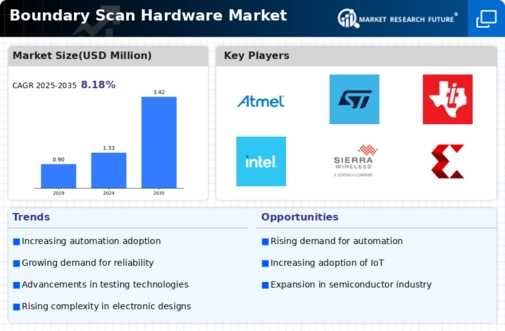
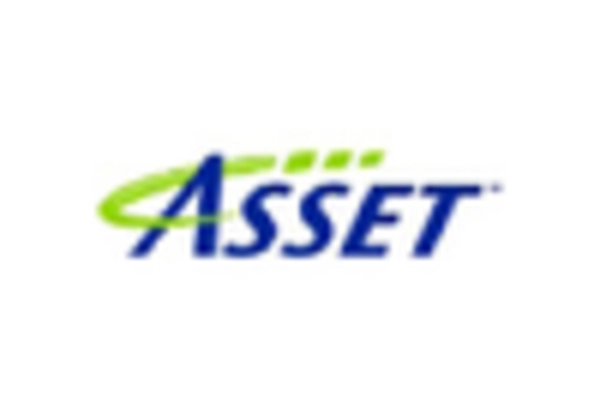
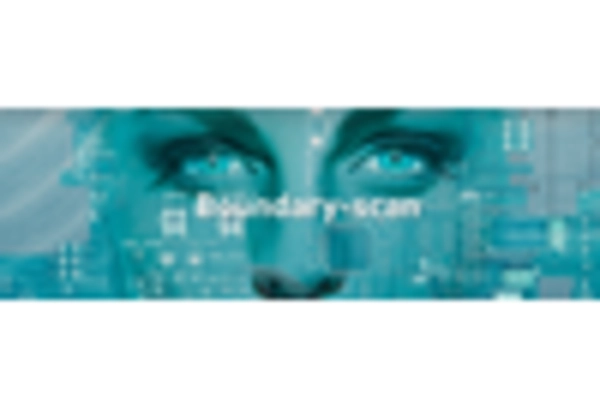
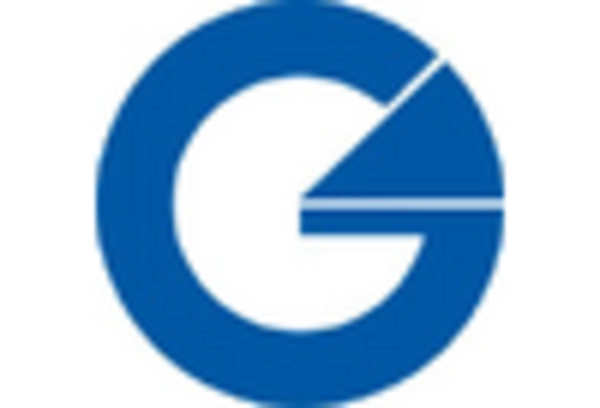
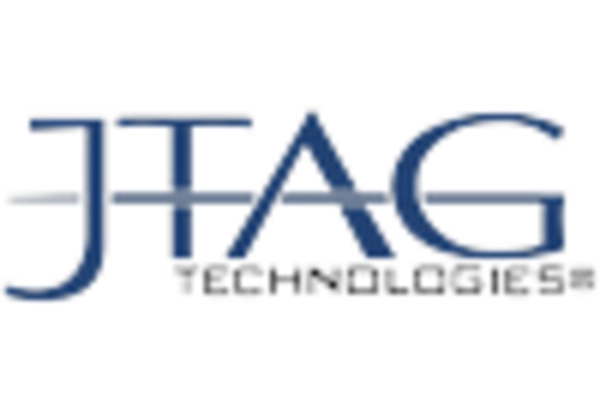










Leave a Comment